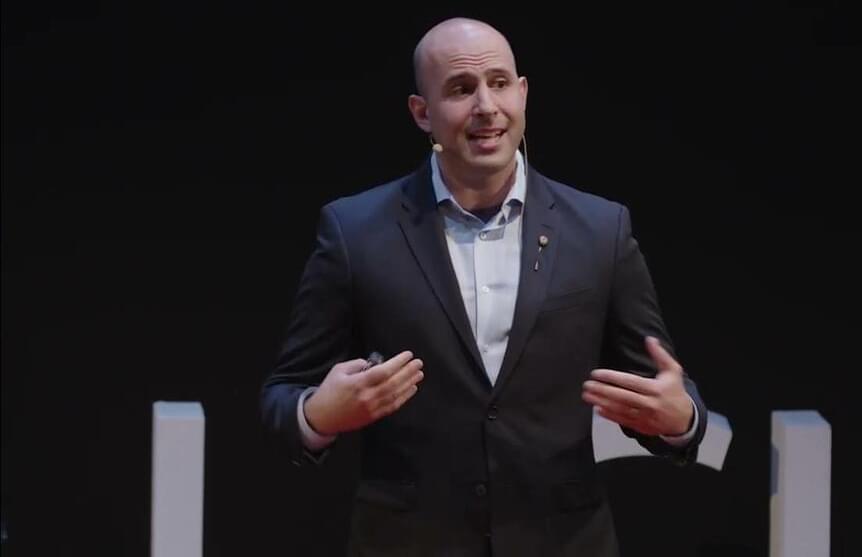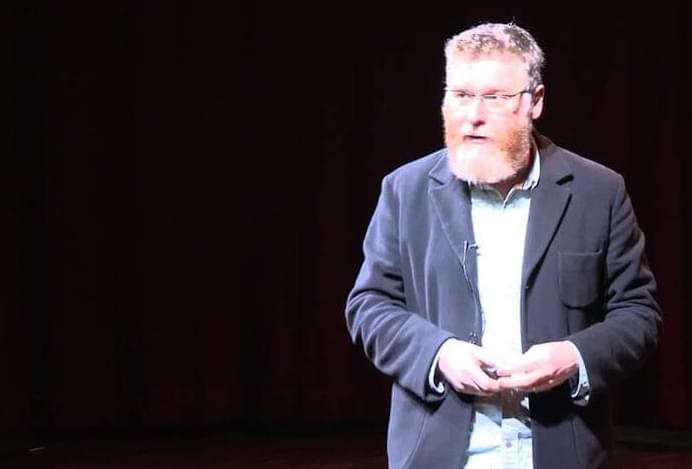Once deemed dangerous and illegal, psychedelic compounds have been rediscovered by the scientific, medical and psychiatric communities as research reveals their capacity to help patients with a range of maladies. With investors beginning to flood this new market with capital, will Big Pharma join in, or try to squash a nascent revolution of the mind?
#Moonshots #Psychedelics #BloombergQuicktake.
——-
“Moonshot” introduces you to the scientists and thinkers chasing humanity’s wildest dreams. The series takes a deeper look into how science is solving the world’s most complex problems in order to create a better tomorrow. The first season explores major breakthroughs from scientists including plastic eating bacteria, asteroid hunting and oceanic exploration. Watch every episode: https://youtube.com/playlist?list=PLqq4LnWs3olXYh0FhU2KgOg1Mzleojbie.
Like this video? Subscribe: https://www.youtube.com/Bloomberg?sub_confirmation=1
Become a Quicktake Member for exclusive perks: https://www.youtube.com/bloomberg/join.
QuickTake Originals is Bloomberg’s official premium video channel. We bring you insights and analysis from business, science, and technology experts who are shaping our future. We’re home to Hello World, Giant Leap, Storylines, and the series powering CityLab, Bloomberg Businessweek, Bloomberg Green, and much more.
Subscribe for business news, but not as you’ve known it: exclusive interviews, fascinating profiles, data-driven analysis, and the latest in tech innovation from around the world.
Visit our partner channel QuickTake News for breaking global news and insight in an instant.









